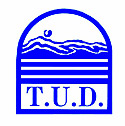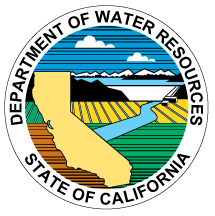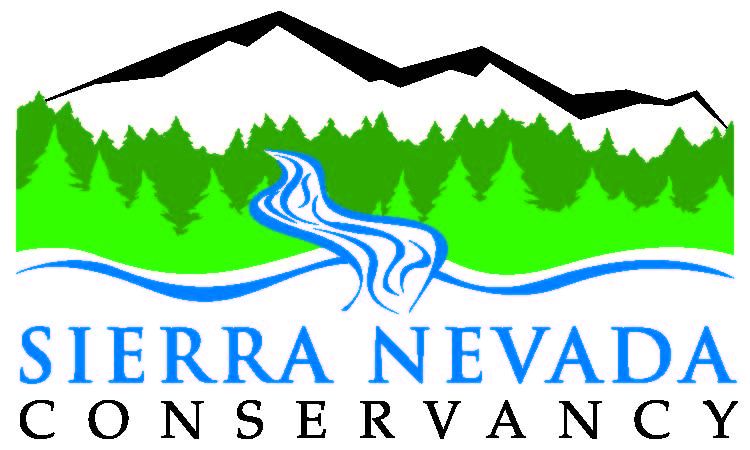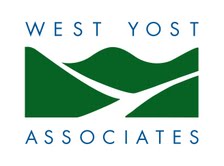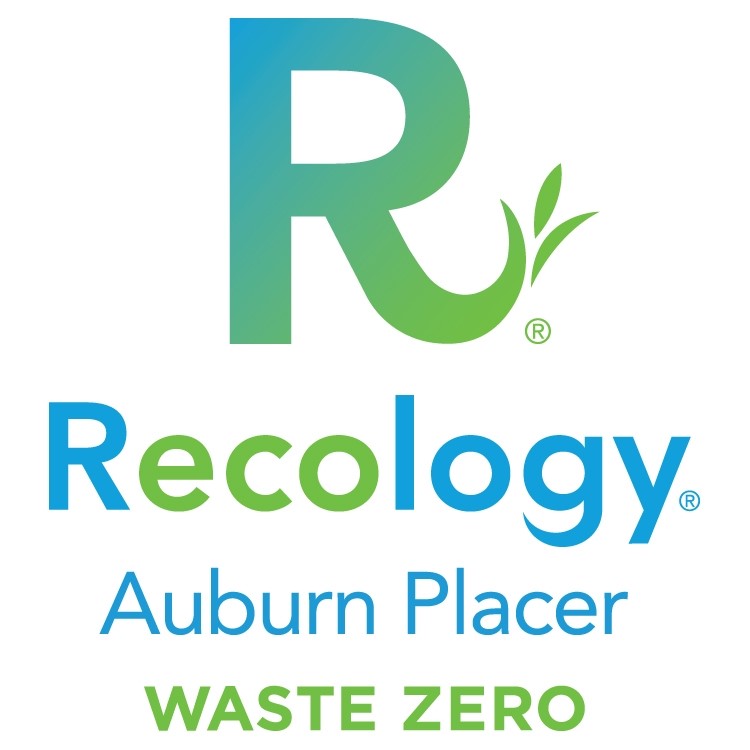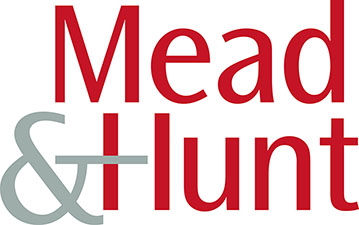
A lawsuit filed on August 13, 2019, by a coalition of approximately two dozen state and local government entities petitioned the U.S. Court of Appeals for the District of Columbia to vacate the U.S. Environmental Protection Agency’s (EPA) final action repealing the Clean Power Plan, 80 Fed. Reg. 64,662 (Oct. 23, 2015). The State of California, by and through Governor Gavin Newsom, the California Air Resources Board, and Attorney General Xavier Becerra, and the City of Los Angeles joined as petitioners. At a press conference regarding the petition, both Governor Newsom and Attorney General Becerra told reporters that the repeal of the Clean Power Plan prioritized coal industry special interest over public health.
The Clean Power Plan, issued in 2015, set nationwide emission limits on existing fossil-fueled power plants. However, an immediate judicial challenge led to the suspension of the plan in 2016 issued by the Supreme Court, and the Trump administration left the plan defunded. In June 2019, the current administration issued a replacement plan, the Affordable Clean Energy rule, which is the subject of the recently filed lawsuit. A similar group of states, counties and cities, including the State of California and the City of Los Angeles, filed comments in April 2018 opposing the repeal of the Clean Power Plan and opposing the proposed Affordable Clean Energy rule. In part, the comments allege that the EPA’s proposed repeal of the Clean Power Plan without simultaneously replacing it with a lawful alternative violates the Clean Air Act. This argument relies on the Supreme Court’s 5-4 decision in Massachusetts v. EPA, 549 U.S. 497 (2007), in which the Supreme Court held that the Clean Air Act’s broad regulation of “air pollutants” includes greenhouse gases, thereby obligating the EPA to regulate such emissions if it finds that greenhouse gas emissions endanger public health or welfare.
Therefore, the pending litigation may play a role in shaping climate change policy, not only by permitting or preventing the implementation of the Affordable Clean Energy rule, but also by creating the opportunity for the Supreme Court to revisit Massachusetts v. EPAif it hears this case. The litigation also further draws into question the federal government’s participation in climate change policy; congressional bipartisan efforts result in consistent delays in implementation and enforcement of such federal regulations, while the states—notably, California—pursue more aggressive policies.
The petition filed this month by the coalition of states and cities is available here.
For further information on this topic please contact Michelle Chester at mchester@somachlaw.com.
Somach Simmons & Dunn provides the information in its Environmental Law & Policy Alerts and on its website for informational purposes only. This general information is not a substitute for legal advice, and users should consult with legal counsel for specific advice. In addition, using this information or sending electronic mail to Somach Simmons & Dunn or its attorneys does not create an attorney-client relationship with Somach Simmons & Dunn.


